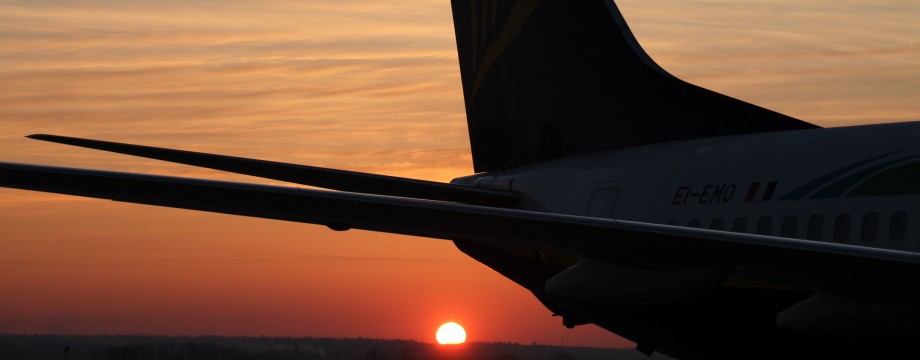Introduction
I was invited by my friend Isabel to visit her in her hometown of Zamora for Semana Santa (Holy Week). Zamora, in Castilla y Leon, along with Seville and Málaga in Andalusia, are the towns most famous for their celebrations during this week. In Zamora, there are seventeen processions, beginning with the first one of this year on Thursday, March 21st at 20.00 and ending with the last one at 9.00 on Easter Sunday (Domingo de Resurrección), March 21st. There are two to three processions per day, and each one is enacted by a different Cofradía (brotherhood or guild) and takes a different route through the city. The earliest of these Cofradías (San Cipriano) was founded in the fifteenth century.
These processions are attended by masses of people lining the streets along the route and are covered extensively on TV. Thousands of people come to Zamora just for Semana Santa. I have heard both Isabel and her friends say that this is their favorite week of the year here in Zamora, as many of their friends come home and everyone parties during the entire week.
The processions usually consist of the cofradías wearing their respective capirotes (hoods) and tunicas, musicians, standard bearers, and of course the “floats” themselves, called pasos procesionales, which are actually carried on the shoulders of the costaleros.
While these outfits look like something from the KKK to anyone growing up in the US, they are nothing of the sort here. The cofrades were originally worn while doing penitence to hide the faces of those who survived the Black Death. Here the hoods are linked to devotion, service, and thanks to God.
When not in use, most of the pasos are stored in the Museo de la Semana Santa.
Jesús en su Tercera Caída
The first procession, Hermandad de Jesús en su Tercera Caída, began at 8:30 on Monday. Isa and I arrived a little bit before 8, to meet with her friends that had already saved space on the curb. Although the processions was not due to arrive for at least another 45 minutes, all of the front row spaces along the street were filled. We chatted as we waited, and when we caught a bit of breeze that held the sound of trumpets and drums, we knew the procession was about to arrive.
This event was incredibly difficult to photograph. Dimness, movement, oddly-colored street lighting, crowds, and the striking contrast between the black and white parts of the tunicas created havoc for the camera, which cannot follow as the human eye can. You can, however, still see all three pasos procesionales.
- The beginning of the first procession.
- Cofrades
- La Corona de Espinas
- Costaleros
- Banners
- La Despedida, de Enrique Aniano Pérez Comendador, 1947
- Jesus carrying the cross
- Jesús de la Tercera Caída, de Quintín de la Torre, 1947
- A cofrade and son
- One of the lit lanterns
- A jovial young cofrade
- Virgen de la Amargura, de Ramón Abrantes, 1959
- Tiny Drummers
- The last portion of the procession; a band of young drummers
- Storefront display of the same procession















